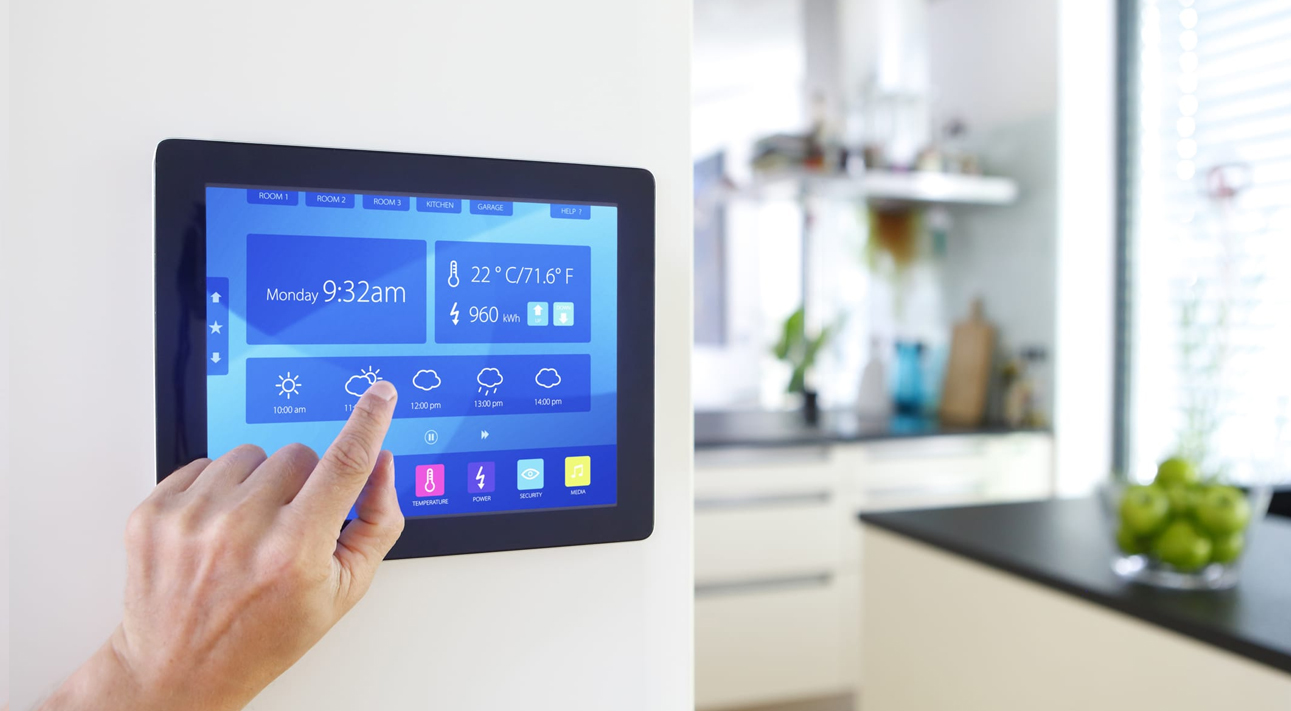By : Kirtika
Technology has driven a vast influence on the daily lives of humans, making it a way of life to an entirely new level. In the year 2020, the impact of COVID-19 has taken a drastic shift in the lifestyle with the remote access, monitoring, and regulating of devices. Home automation makes it easier for people with disabilities and other adults to run households comfortably and luxuriously. There are a variety of devices and seemingly endless configurations that can increase independence, productivity, safety, security at home and elsewhere.
IoT & its Benefits in Home Automation:
The ‘Internet of Things’ or IoT has been making trends connecting machine to machine through networks. These technologies are providing every possible environment with the utmost ease; from comfort and convenience at home (lights, fans, air conditioning, and thermostats), accessing entertainment (TV, music system) to daily necessity in reminder and alarms, email sending with the help of smart speakers, in the kitchen (smart cookware, coffee machines), and securing homes (safety cameras, video doorbells, smart locks).
Energy Efficiency:
Automation driven by IoT is not only going to make our lives easier, comfortable and convenient but also conserve energy and save costs. Products like automatic timers, motion sensors, light dimmers help in various functions of controlling energy consumption. Suppose optimizing air conditioning levels on a scorching summer day or the lights and your favorite music being turned off as soon as you go to sleep.
Growth of Smart Home Market:
In the near future, smart homes may become the default choice for home buyers. The global smart home market size is $40.9 billion in 2020 and is forecast to grow $46.8 billion in size by 2021. Revenue is expected to show an annual growth rate of 15.3 percent, resulting in a projected market volume of US$175,985 million. by 2025.
